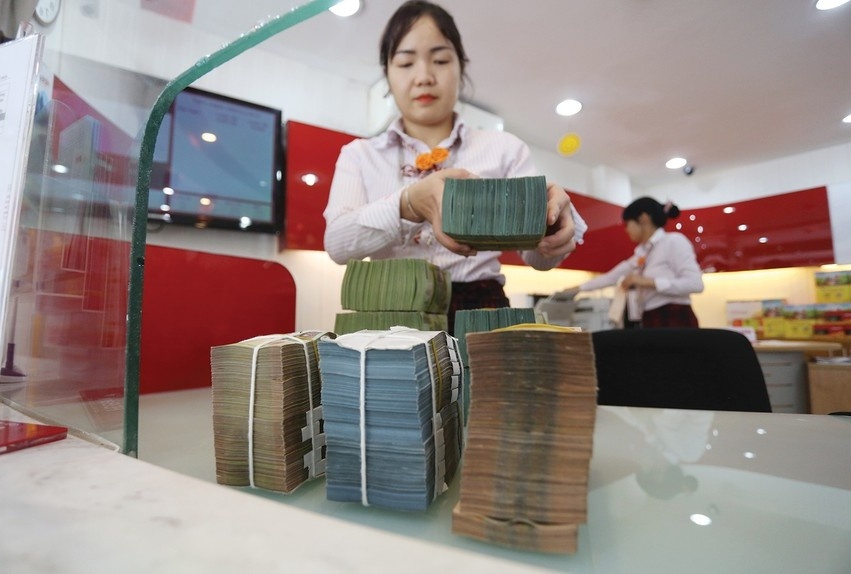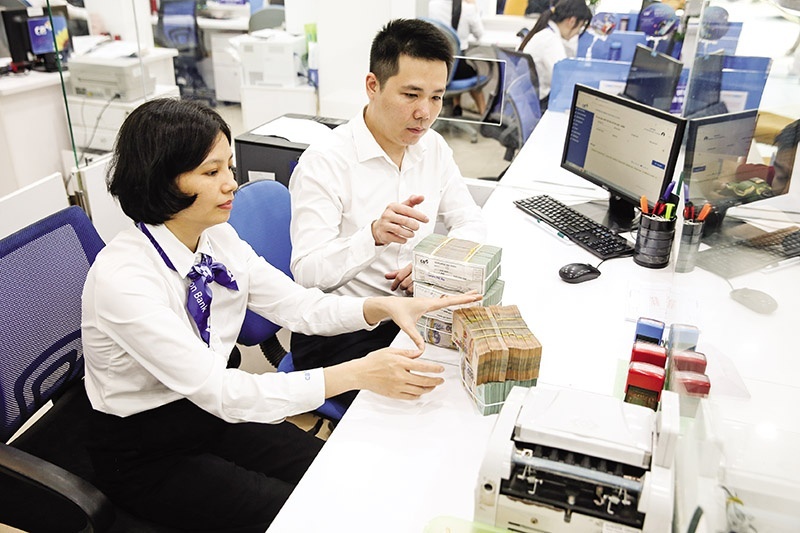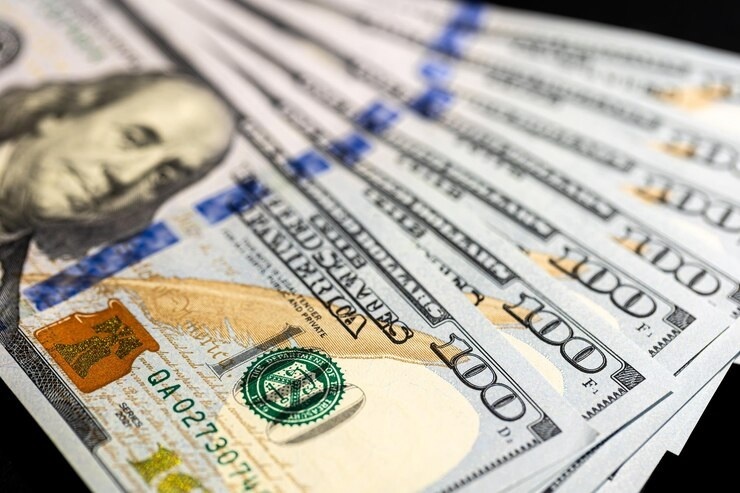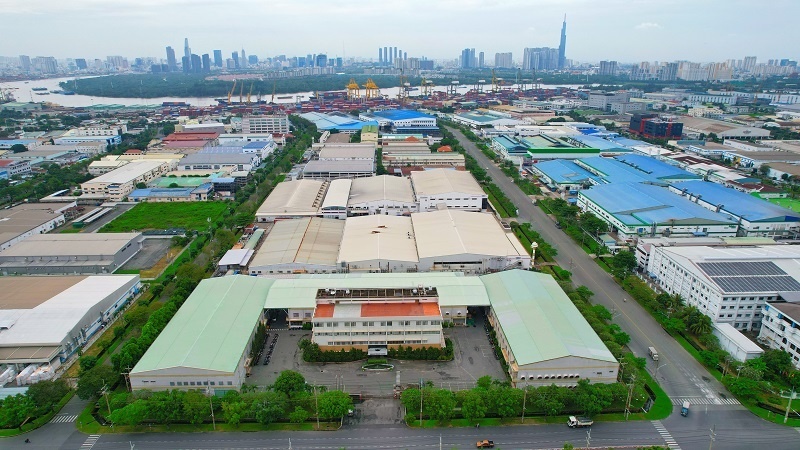Central bank remains firm on interest rates

illustration photo
The statement released by the central bank confirmed that the prime rate will continue at 9 per cent, while the discount rate will remain unchanged at 13 per cent and the refinancing rate at 14 per cent. Interbank open market operations will continue to be managed flexibly, the statement said.
In a meeting on August 28 with representatives of 12 major commercial banks, Binh said the central bank will apply comprehensive measures to force the banks to comply with the State Bank's cap on deposit interest rates, currently at 14 per cent per year.
Many domestic lenders have been violating the cap, offering 17.5 per cent for one-month deposits or 15-16 per cent per year for three-month deposits.
To more effectively enforce the cap, the newly-named central bank chief announced tweaks to some existing regulations in Circular No 13 and Circular No 19 issued by the State Bank last October under then Governor Nguyen Van Giau.
The two circulars allowed banks to consider 25 per cent of non-term corporate deposits as funds available for lending, as well as capital borrowed from other institutions at terms of three months or more. The circulars allowed a loans-to-deposit ratio of 80 per cent for commercial banks, and 85 per cent for non-banking credit institutions.
Binh said these regulations were no longer suited to the current financial market, adding that reducing capital input costs was vital to bringing down borrowing costs for Vietnamese enterprises.
Binh reiterated his determination to cut average lending interest rates for businesses to around 17-19 per cent by next month without injecting additional capital into the banking system.
Current borrowing costs for production enterprises were averaging 17-21 per cent per year at State-owned banks, 21-24 per cent at private commercial banks, and 20-22 per cent at financing companies.
Binh said that slashing commercial lending rates to 17-19 per cent was feasible because the banking system had sufficient capital on hand. This was reflected by the low interbank rates of 9.4-13 per cent per year.
The general director of one commercial bank present at the meeting agreed, saying, "We don't lack of capital. However, if we cut deposit interest rates, depositors will immediately move to other banks."
He blamed small banks for igniting an interest rate war.
A representative of a smaller bank countered that they offered high interest rates meet the demand of borrowers and the bank was also under pressure to prepare for a possible increase in the compulsory reserves ratio.
Binh also said that the central bank will reconsider money supply targets, following a $6 billion buy-in of foreign reserves.
The nation's total money supply was estimated by the State Bank at VND2,500 trillion ($120.2 billion). Of the total, VND2,100 trillion ($101 billion) was being held in local banks as reserves or restricted deposits.
However, the money supply expanded at a rate of 2.45 per cent in the first six months of the year, well behind the pace of the government's target of 15-16 per cent for the year. This has, in turn, slowed credit growth well below the 20-per cent target for the year, with commercial bank credit expanding by just over 7 per cent in the first six months of 2011.
What the stars mean:
★ Poor ★ ★ Promising ★★★ Good ★★★★ Very good ★★★★★ Exceptional
Related Contents
Latest News
More News
- ESG implementation spurs bank progress (November 18, 2024 | 13:37)
- Green-digital transition must start with proper mindset (November 13, 2024 | 16:49)
- New Zealand shares sustainable development experience with Vietnam (November 13, 2024 | 15:55)
- Vietnam on the verge of green industrial revolution (November 12, 2024 | 15:57)
- VIR sustainable development conference opens in Hanoi (November 12, 2024 | 09:42)
- Taking the lead in dual transition for a greener Vietnam (November 11, 2024 | 17:00)
- Vietnamese consumers careful amid economic volatility (November 11, 2024 | 13:55)
- Quality must come first in chip mission (November 11, 2024 | 10:33)
- Vietnam's digital economy estimated to reach $36 billion in 2024 (November 07, 2024 | 13:52)
- Authorities looks to tackle influx of cheap foreign goods (November 07, 2024 | 10:44)




 Tag:
Tag:





















 Mobile Version
Mobile Version